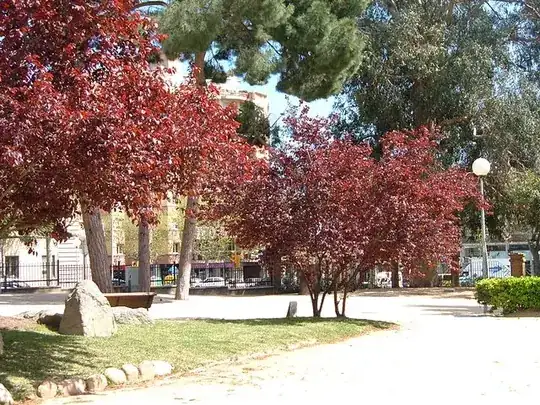Note, when I say hydrogen-based atmosphere I mean replacing the 20% oxygen with hydrogen1.
Let's just say basic plant life2 has developed on our fictional planet (which has the approximately all the same parameters of Earth did). What colour would the plant's leaves be - what colour would chlorophyll be. Please ignore the fact that respiration would not work3.
According to here, chlorophyll is green because the red & blue wavelengths it delivers enough energy for photosynthesis - adding green would result in excess heat that could potentially damage the plant. This promotes me to think that the colour might stay green, as they would have the same parameters4.
1: The Carbon Dioxide could be replaced with Methylene (CH2), but this might mess up this further.
2: Around about the Jurassic period.
3: It probably wouldn't work due to the fact that energy is gained from oxidising the glucose sugars. However, this question is focusing on creating the glucose sugars.
4: There would still (initially, at least at the start) be carbon dioxide in the atmosphere. I know the fact that the oxygen is a byproduct would mean that the hydrogen atmosphere would be replaced with oxygen eventually. Thinking further, this would mean that the hydrogen would mostly play no part whatsoever.
